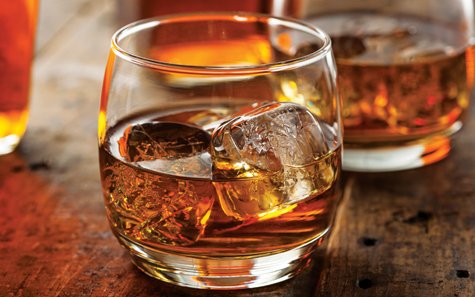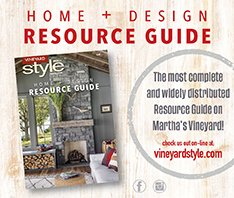TRENDS

101 Bourbon
A Mere Introduction!
By Francois Gautier
The tradition and legacy of Bour-bon is deep-rooted in American history. The usage of the name, “Bourbon” has been traced back to the 1820s, with consistent usage in Kentucky by the 1870s. By definition and to be legally called Bourbon, the mashbill, or specific recipe, must be a grain mixture made with at least 51% corn, distilled within the USA, (not limited to Kentucky only, contrary to popular belief), to no more than 160 proof, put in the barrel for aging at no more than 125 proof, then bottled at no less than 80 proof. Bourbon must also be aged in new, charred-oak, wood barrels for at least 2 years (in order to be called “straight”). These are the primary federal rules put in place by Congress in 1964, in order to call a whiskey a bourbon. There are a few more rules like: rye, barley or wheat can be used, but only in addition to corn as the primary ingredient, and no added coloring, flavoring or other spirit. There are six primary categories of Bourbon: Single Barrel, Cask Strength, Wheated, High Rye, High Corn and Small Batch.
The process starts with the grain which is ground, mixed with water (a main influence on the quality and taste) and then yeast is added to the mash to be fermented. The sweetness is brought by the corn. Compared to other dark alcohols, Bourbon generally shows a sweeter and smoother profile with spicy notes like caramel, tobacco, toffee, dried and candied fruits, leather, etc. It’s flavor profile has many influences like the climate, as well as the “rockhouse” or “rackhouse,” or special facility where the barrels are stored, piled up to the roof and rotated as climate changes and the barrel ages. Bourbon will gain more colour and flavor the longer it stays in wood. Maturity, more than aging, is sought because when Bourbon is aged too long it becomes too woody and unbalanced.
Even though many distilleries are pushing specialized, limited batches, you don’t have to search and pay for hyper-specific blends because you can be pretty safe buying a fairly affordable Bourbon and finding something great in the bottle. Don’t forget to explore new distilleries, as some Bourbons are getting very refined, exciting to taste and affordable!
The process starts with the grain which is ground, mixed with water (a main influence on the quality and taste) and then yeast is added to the mash to be fermented. The sweetness is brought by the corn. Compared to other dark alcohols, Bourbon generally shows a sweeter and smoother profile with spicy notes like caramel, tobacco, toffee, dried and candied fruits, leather, etc. It’s flavor profile has many influences like the climate, as well as the “rockhouse” or “rackhouse,” or special facility where the barrels are stored, piled up to the roof and rotated as climate changes and the barrel ages. Bourbon will gain more colour and flavor the longer it stays in wood. Maturity, more than aging, is sought because when Bourbon is aged too long it becomes too woody and unbalanced.
Even though many distilleries are pushing specialized, limited batches, you don’t have to search and pay for hyper-specific blends because you can be pretty safe buying a fairly affordable Bourbon and finding something great in the bottle. Don’t forget to explore new distilleries, as some Bourbons are getting very refined, exciting to taste and affordable!









